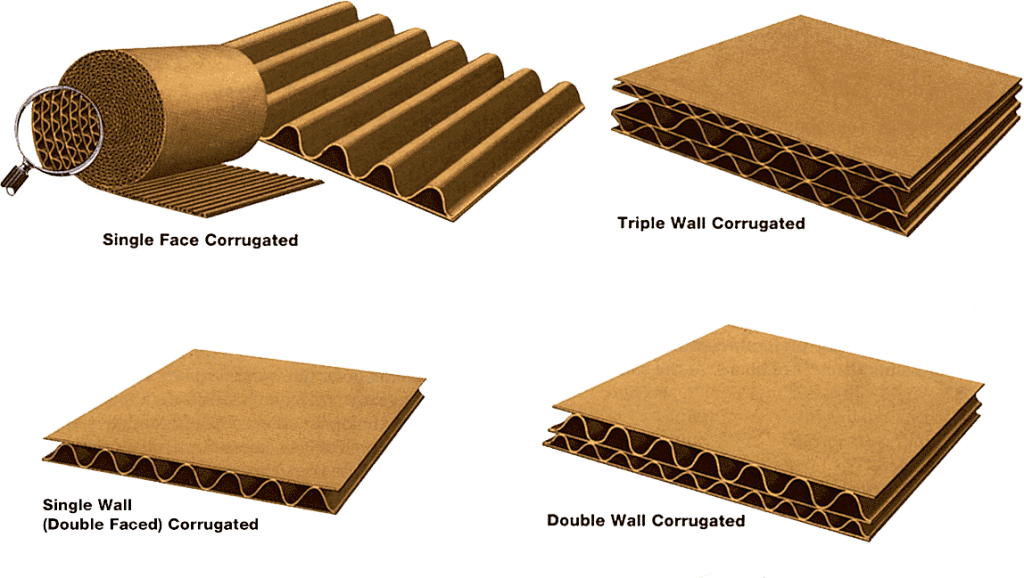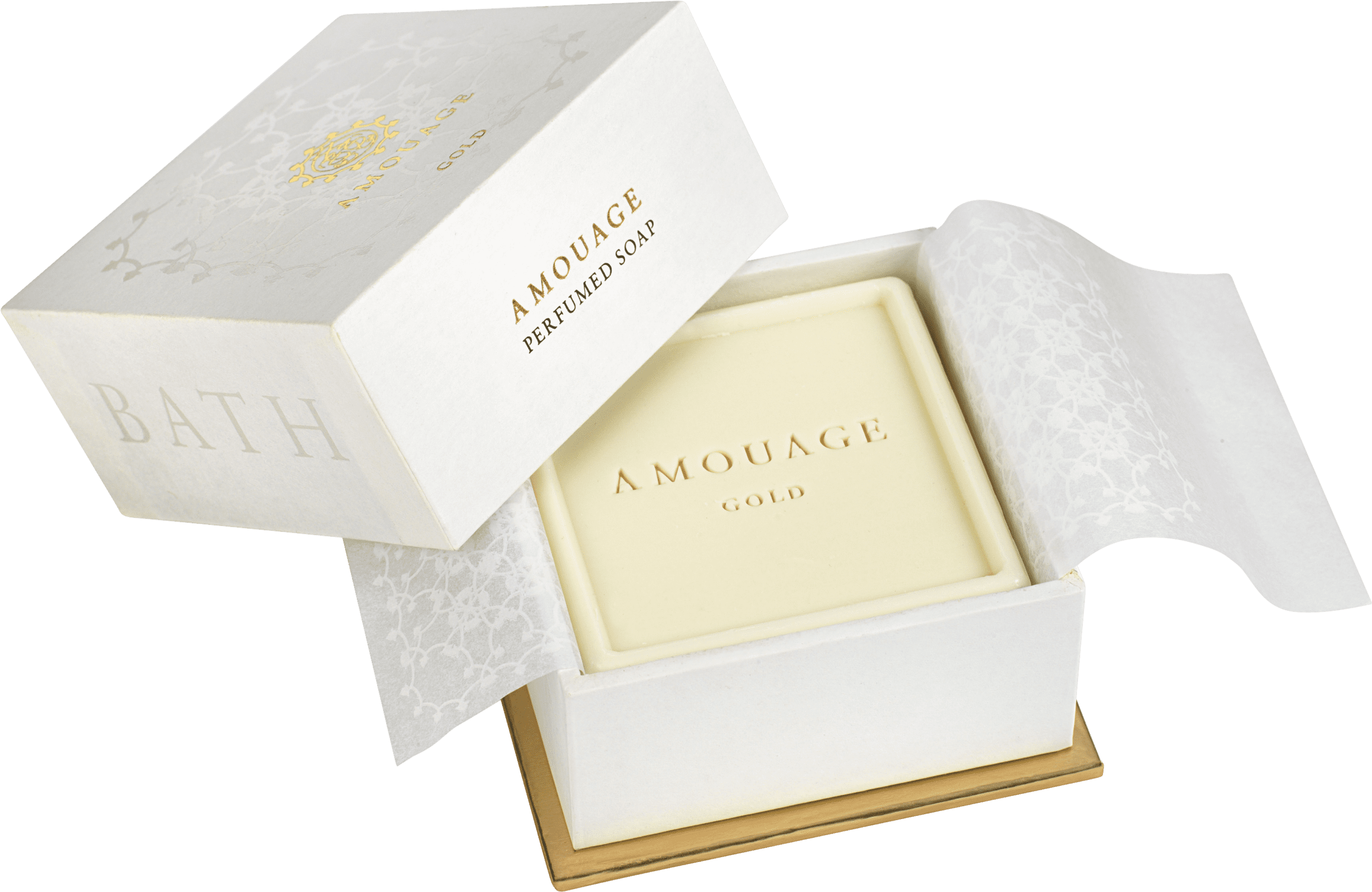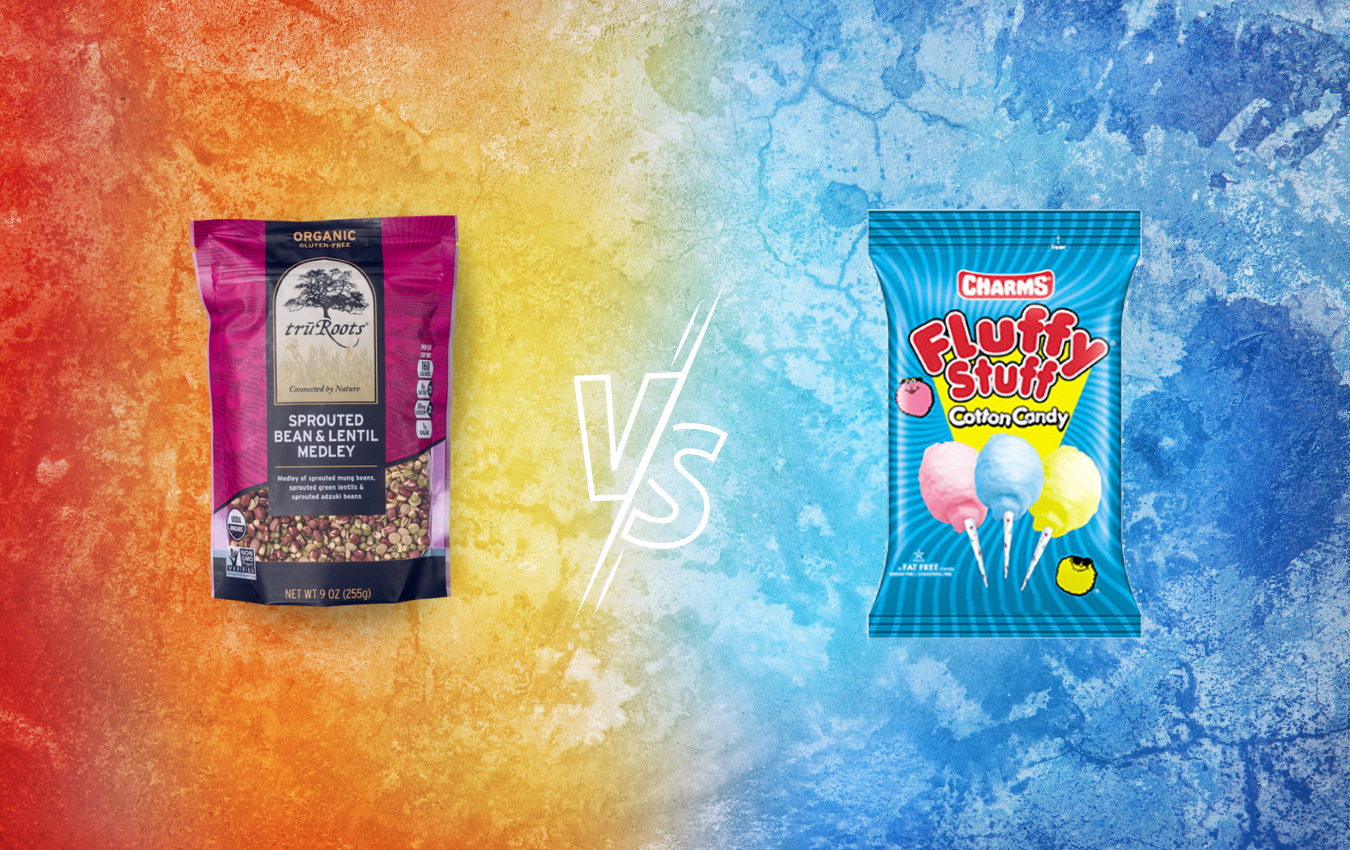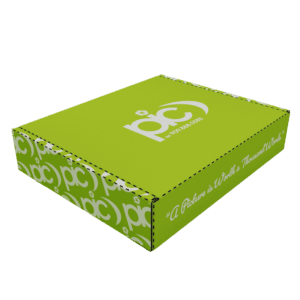Home » Corrugated Packaging: What is it Made of and Is It Recyclable?
Corrugated Packaging: What is it Made of and Is It Recyclable?

Today, more and more brands are switching to sustainable packaging options to improve their social responsibility to the environment and to meet any regulation or requirements imposed on them. As a result, many buyers are now becoming more aware and concerned about how their packaging is made and whether or not it is recyclable. For the purpose of this blog, we will thoroughly explain what corrugated packaging is made of and why it is recyclable.
Corrugated Material Explained
Corrugated, often mistaken for cardboard, is compressed fiberboard consisting of multiple layers. Fiberboard material is made up of wood chips from a pine pulp tree that is quickly grown. The number of layers is determined by the desired thickness and strength of the material: 2 (single face), 3 (single wall), 5 (double wall) to 7 (triple wall).
Single face consists of a fiberboard and flute layer. Flutes consist of air chambers that provide additional cushioning to the material. Single wall consists of an outside and inside layer of fiberboard with a middle flute. Double wall consists of 3 fiberboard layers and two flutes, and triple wall consists of 4 fiberboard layers and 3 flutes.

Corrugated Recyclability Explained
Corrugated packaging products such as boxes, displays, edge protectors, inserts, and others are often advertised and described as recyclable. This is true, since corrugated material is produced from natural materials it can be recycled or naturally decomposed back into the environment.
How To Recycle Corrugated Materials
Out of all packaging materials, corrugated is among the most successful and frequently recycled materials in the world, as it is quite simple to recycle. It can be recycled by having it placed in the recycling bin or by taking it to a recycling center where it will be reprocessed.
Corrugated packaging must be prepared and broken down prior to recycling. This may involve removing any non recyclable materials from the cardboard such as foam, plastic, bubble wrap, wood, tapes and other materials.
Corrugated packaging such as boxes or displays need to be broken down with all flaps extended and pressed flat. Once flattened, corrugated can now be recycled at the curbside recycling pickup. If you are taking your material to a recycling center, then make sure you are disposing it in the correct bin.
If you are recycling in large quantities then it may be best to use a bale to flatten boxes, which can greatly improve your transportation efficiency. For more flexibility and hassle free recycling, many businesses with huge quantities of recycled corrugated materials use automatic compact and balers to streamline the process.

When You Should Not Recycle Corrugated Materials
In most cases you should be able to recycle your corrugated packaging, however there are few exceptions. For example, food and beverages can spoil corrugated material if it has made direct physical contact. Pizza boxes, take out containers, frozen containers and other food packaging is often not recycled due to food residue or damage to the corrugated material.
Some inks used to print corrugated materials with graphics, logos and colors may not be recyclable. Tapes and adhesives on a box must be removed or cut out as the material will not be recycled nor is it compatible with the recycling process.
Failure to follow these recycling guidelines can result in ruined recycling materials for entire batches.
Interested in Sustainable Corrugated Packaging?
At Brown Packaging, we supply businesses with stock and custom corrugated packaging for boxes, displays, edge protectors and more. We have over 30+ years of experience providing businesses with sustainable packaging solutions. Partner with us today to limit your carbon footprint on the environment.
Subscription boxes experience a surge in demand during the holiday season as shoppers purchase gift memberships and curated kits. Packaging for these shipments must balance
Fragile products like glassware, electronics, and specialty gifts are especially vulnerable during the holiday rush. With more handling points, packed trailers, and faster fulfillment, the
Shipping costs surge during the holiday season as carriers raise rates and surcharges. For packaging buyers, box design directly impacts freight spend. Oversized cartons, excess
Peak season shipping volumes put pressure on every part of the supply chain. For packaging buyers, right-sizing boxes is one of the most effective strategies
The post-holiday season often brings a surge in product returns, making it essential for e-commerce businesses to design packaging that simplifies the returns process. Offering
Holiday e-commerce volumes push packaging to its limits. Trailers are overfilled, handling is rushed, and parcels endure more drops and vibration than usual. Without proper
Home » Corrugated Packaging: What is it Made of and Is It Recyclable?

In the competitive retail landscape, capturing consumers’ attention is more crucial than ever. One strategic approach to achieve this is through effective point of purchase

Rigid boxes are the premium standard in packaging—perfect for luxury products, high-end electronics, skincare, and gift sets. But creating a beautiful rigid box is only

Packaging plays a crucial role in marketing a product. The packaging material and design not only protect the product but also influence the customer’s purchasing


